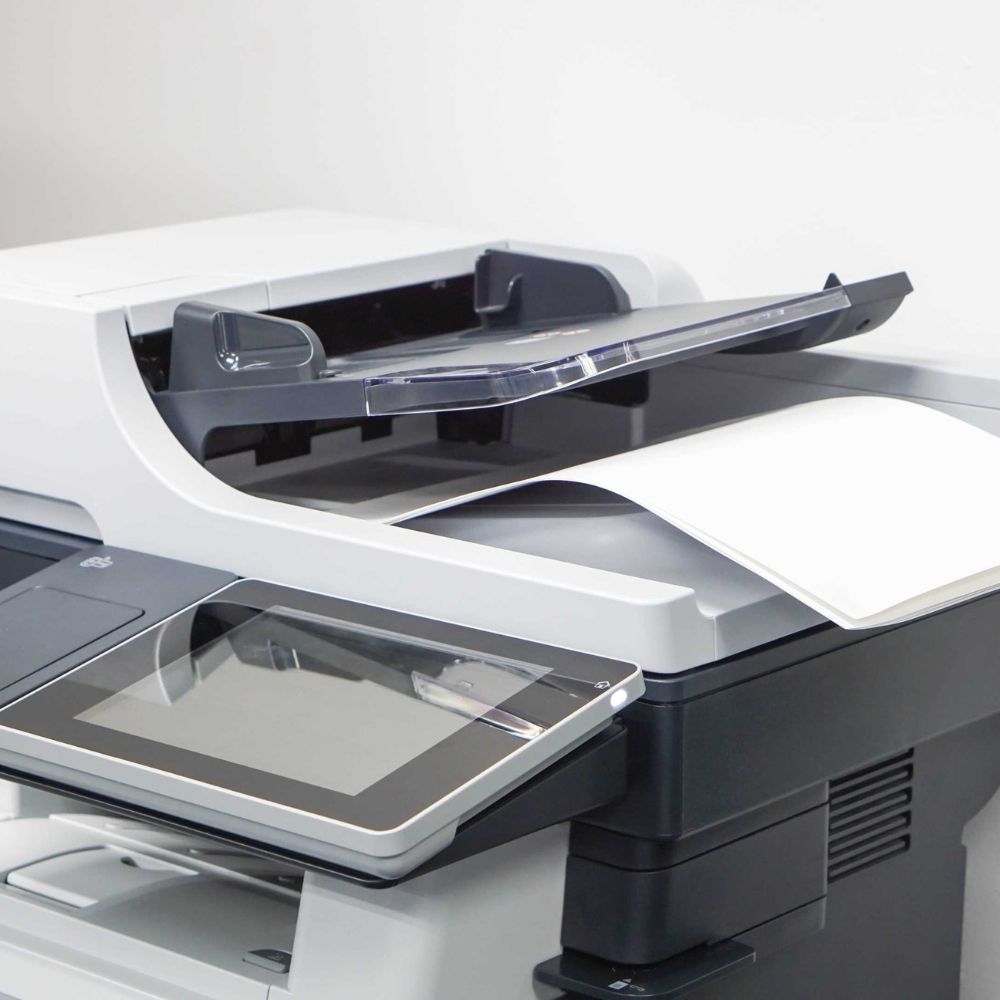The Basics of Understanding Printer Fleet Management
2022-09-12 12:46:39

Sometimes, the simplest inventions can revolutionise an industry or even the world. Although printers may not seem like a huge deal, they have massively increased the productivity and efficiency of businesses of every kind. South Africa has more than 1500 printing companies employing over 50,000 people!
Of course, the size of this market suggests an enormous number of printers existing in the current marketplace. Here printer fleet management shows its benefits. Organisations with vast fleets of printers can enjoy tremendous benefits too by learning how to manage them intentionally.
But you may be asking yourself if inefficient printer usage can increase costs that much? And why is printer fleet management so important? Read further to learn more about what's most important to understand printer fleet management and how it can be advantageous to your company!
What Is Printer Fleet Management All About?
Printers may not be the most glamorous piece of equipment, but they represent a significant investment. Many companies look for ways to cut costs without realising how unnecessary some of their printer expenses are.
Printer fleet management is all about optimising the usage of the printers in your fleet. That means providing for the needs of everybody who uses them while also cutting costs. Printer fleet management can even help improve your security.
Start Your Printer Fleet Management by Taking Stock of Where You Are
Printer fleet management starts with knowledge. The more you know about what your people are doing with your printers, the better equipped you will be to improve your systems. The more detailed your map is, the better able you will be to get to where you aim to go.
To begin managing your printer fleet, compile a list of things you'd like to know about each printer.
For example, you want to know how many printers are in each branch. You want to know how many printers you have in your entire company. You will also want to see the model and year of each printer.
In addition, you might want to know specific and vital information like whether a printer provides colour printing or only mono. You will also want to know how many people use each printer and the total volume every printer manages.
Beyond that, you will want to know exactly how much each printer costs, including maintenance and consumables. If you rent printers, you will want to note this and track rental amounts.
Once you have a sufficiently detailed collection of information, you might find that solutions start coming to mind. Sometimes, it is difficult to solve a problem only because it is not visible. Once you know what is happening with your printers, you will probably notice specific glaring errors that, if addressed, could solve problems and improve efficiencies.
Identify and Prioritise Possible Improvements
Once you have a clear picture of the situation, start listing problem areas. You might notice that some printers require vastly more maintenance than others. That might indicate that you need to train the employees to use the printer better.
Whatever the problem area you discover, add it to the to-do list. Once you have your list, you will want to identify and prioritise the essential items on which to focus.
The essential items to focus on might be the ones that could provide the most value if resolved. On the other hand, there is no point in prioritising a big problem if there is no way to solve it. You might also want to prioritise problem areas that seem like they will be the easiest to resolve.
Once you have identified your priority problem points, you will need to generate systems to fix them. Design these plans to manage themselves. On the other hand, you might want to leave specific implementation strategies to the discretion of local managers.
Set Up Systems to Assess Your Implementation
Whatever you decide, you will need to set up systems to keep track of your implementation. Every month or few months, you should ask for reports about your fleet of printers. Even if you don't intend to act immediately upon receipt of each report, it is helpful to have a history of information to refer back to if ever you need to.
A few options are available if you discover that a particular implementation strategy is not working best for you. You may, in the end, conclude that current user settings are flawed, or perhaps your usage allowances and instructions to staff were, in fact, not feasible.
Alternatively, you might decide that the problem is with the implementation efforts of local managers. Keep in mind both possibilities so that you don't jump to the wrong conclusion when debugging your system.
Update Employee Training as Part of Print Solutions
As print solutions specialists, we emphasise the importance of training. In most cases, employees will be prominent users of your fleet of printers. They are the ones who need to understand what to do with the devices if you wish to ensure that they keep costs to a minimum.
However, consistent training for employees might be challenging to master. We suggest phasing in of updates to printer policies and regular induction training for new and existing staff to address this challenge. This approach confirms that employees interact appropriately with printers before introducing new features and implementing a new policy.
Many companies build up a substantial fleet of printers without ever paying attention to optimising their use. Unfortunately, this can lead to inflated inefficiencies and increases in costs.
Understand the Most Important Principles of Printer Fleet Management
Printers may not seem like a big deal, but managing them well can provide tremendous benefits.
Learning more about printer fleet management is an investment that will more than pay for itself down the line. To discover even further the principles of successful printer fleet management and the benefits that it can provide for you, get in touch with us at any time!


